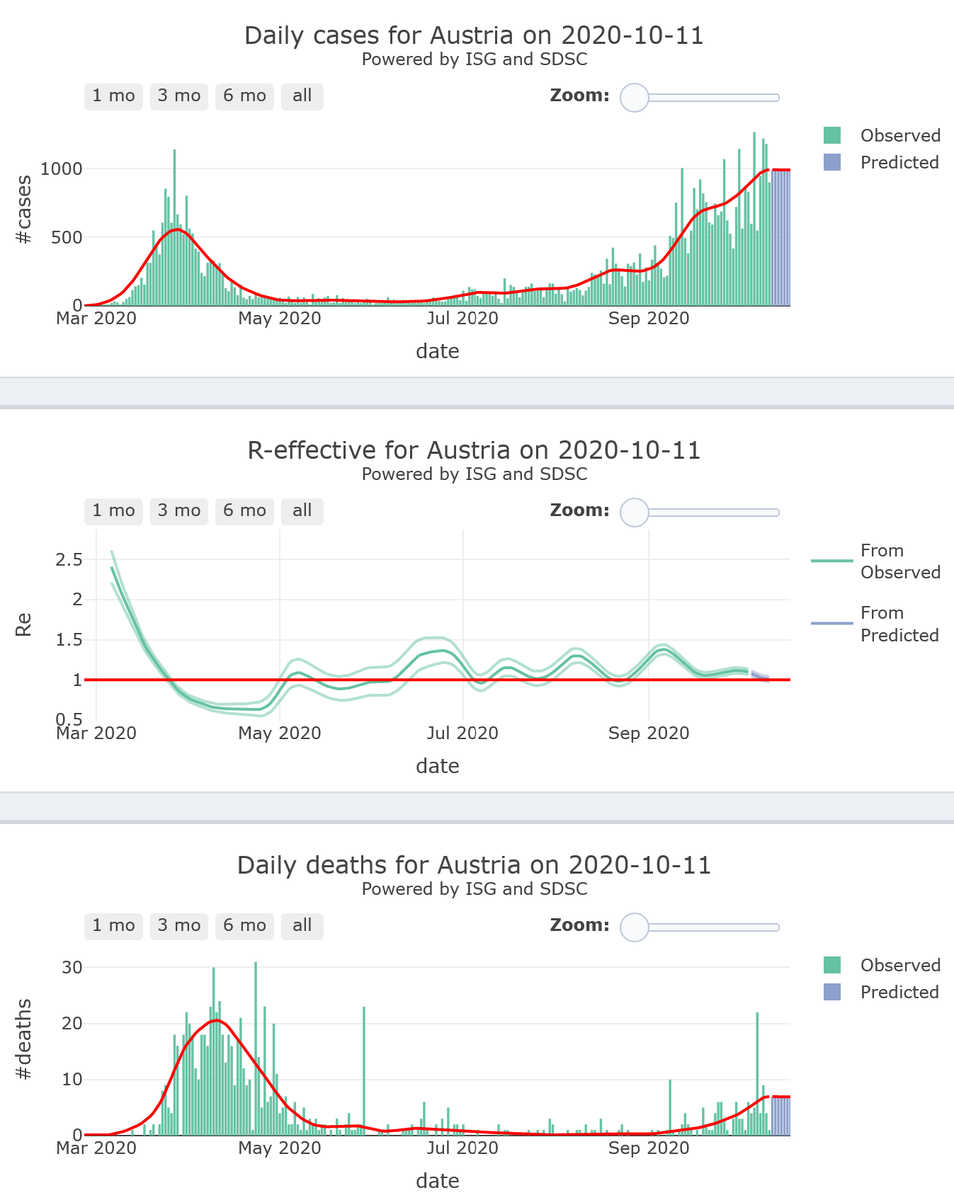
1/9 - “[Urugay]’s response [to #COVID19] could offer various lessons to [Latin America] and the world, among them how to test more efficiently using a system first pioneered to tackle syphilis during the second world war.” bmj.com/content/370/bm…
2/9 - “Uruguay’s president, Luis Lacalle Pou acted promptly when Uruguay’s first case was confirmed on 13 March. [He] announced that all public events and potential centres of crowding such as bars, churches, and shopping centres would be shut down. Schools were also closed.”
3/9 - “Lacalle Pou asked rather than ordered people to stay at home to protect the population, the oldest in Latin America.”
4/9 - “All decisions passed through a cross-disciplinary committee of scientists who refocused their research to #covid19. The alignment of decision makers, scientists, and national health authorities was perfect and clearly with great timing.”
5/9 - “Where Uruguay succeeded and other nations did not was testing. It has tested 233.7 people for every confirmed case of covid-19,5 compared with 1.7 in Argentina, 1.9 in Mexico, and 3 in Colombia.”
6/9 - “By pool testing, [they] screened populations like teachers, which mean [they] could open schools without mandatory quarantine. The same approach has been used with care homes,medical staff,and football teams to facilitate a return to normality more quickly at lesser cost.”
7/9 - “[Pool testing] is useful once the prevalence of the virus is low—in Uruguay’s case below 1%. It is not useful when the virus is prevalent as it would mean retesting too many individuals, negating the efficiency of pool testing.”
8/9 - “Epidemiologists traced the first outbreak to a wedding, where all attendees were tested and suspected infections isolated within 24 hours. The same approach was employed at the three subsequent outbreaks: a mental health care hospital, a care home for the elderly,...”
9/9 - “...and the city of Rivera, bordering Brazil. The result was that most local transmission chains have been controlled at the second or third ration of contacts, before their spread accelerated.”
• • •
Missing some Tweet in this thread? You can try to
force a refresh

















